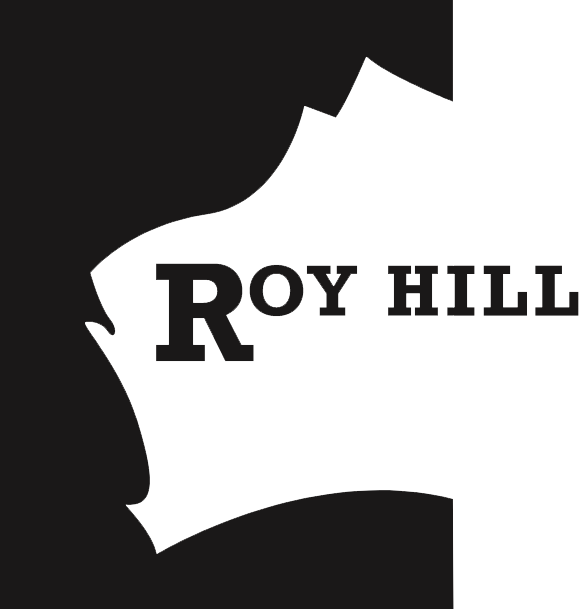Environment
We are minimising our impact.
We take a system-wide approach to meet our environmental responsibility, looking to constantly improve and innovate to minimise our impact through long-term planning, technology and our daily actions.
Environmental initiatives
Our intiatives involve interactions with the Traditional Owners of the land on which we operate, including seed collection, rehabilitation, ethnobotanical studies and more.
Rehabilitation is an important part of our environmental initiatives. Successful rehabilitation repairs the impacts of mining on the environment and is a vital part of what we do. Waste dumps and other cleared areas no longer required for our operations are progressively rehabilitated over the life of the mine to ensure that impacted areas are rehabilitated to their natural state as quickly as possible.
Roy Hill’s approach to environmental management has been recognised with State and National industry awards for leading practice and innovation in environmental management.
Energy of the Future Program
Our Energy of the Future Program is designed to improve the energy efficiency of our operations and transition to alternative power sources.
Our approach is broken into three interdependent areas which run simultaneously.
- Reduce: Optimise diesel and electricity consumption to meet our EPA emission targets.
- Transition: Select alternative energy sources to support future business targets.
- Evolve: Ensure Roy Hill products are aligned with the future steel industry.
Roy Hill Environmental Management System
Roy Hill’s Environmental Management System (EMS) provides a risk management approach to preventing environmental harm by reducing adverse impacts on the local visual amenity, biodiversity and unecessary pollution. The EMS provides our employees and contractors with a definitive source of information on the requirements, expectations and standards captured in Roy Hill’s plans, procedures and work instructions. The EMS must be complied with when conducting all activities at our operations or on behalf of Roy Hill.
Regulations
We aim to go above and beyond our regulatory requirements to achieve sustainable outcomes for communities and the natural environmental.
Roy Hill is regulated by the State’s Department of Water and Environmental Regulation and operates under Part IV (Ministerial Statements) and Part V (Licences) of the Environmental Protection Act 1986, while the Commonwealth’s Department of Climate Change, Energy, the Environment and Water administers Roy Hill’s approval under the Environmental Protection and Biodiversity Conservation Act.
Roy Hill is also regulated by the Department of Mines, Industry Regulation and Safety under the Mining Act 1978. Roy Hill has also received approval from the Commonwealth under the Environment Protection and Biodiversity Conservation Act (1999) with conditions requiring compliance.
Compliance with regulatory requirements is achieved through regular environmental training and awareness programs, audits and inspections and submission of regulatory compliance reports. Roy Hill’s EMS ensures that our impacts on plants, animals, groundwater, drainage systems and social surroundings are continuously monitored with corrective actions quickly identified and implemented if required.
Mining Essential to Achieve Net Zero
Mining is critical to securing the minerals essential for everyday life and essential to be able to build renewable energy projects.
The mining industry produces the primary products required for the generation, distribution and delivery of renewable energy. The first step in the supply chain to create solar panels and wind turbines and EV battery’s begins with mining companies like Hancock Prospecting, Atlas and Roy Hill.
Hancock Prospecting believes it is important to follow the science. We are compliant with all legislation and regulations established by the government targeting a reduction of emissions by 43% below 2005 levels by 2030 and net zero by 2050. This includes plans required by regulators to reduce emissions from our mining operations over time which are consistent with the broader government targets.
Roy Hill was the first mining company in the Pilbara to place an order for battery powered locomotives. Hancock Prospecting needs locomotives to carry the iron ore from our inland mines to the port in Port of Hedland to export and contribute to the $150 billion of annual iron ore export revenue generated by miners in Australia. The first battery locomotive will be delivered in 2023.
We have also partnered with our truck manufacturers to investigate electrification of our haul fleet to replace diesel. The haul fleet represents the largest component of emissions in the mining process.
As a significant member of Australia’s mining industry, we alongside other miners comply with rigorous multi-layered regulations in order to develop new projects or maintain operations.
Part of these efforts are that miners are required to consult and reach agreement with the Traditional Owners of the lands on which we operate – without agreement with Traditional Owners projects can’t proceed.
The regulatory framework also encompasses the management of the environment (including flora, fauna, water, landscape, rehabilitation and carbon emissions, native title, and cultural heritage engagement.
This is part of our landscape and we take our responsibilities in meeting our obligations seriously. Hancock Prospecting has been a responsible mining company for decades and complies fully with all its obligations.





